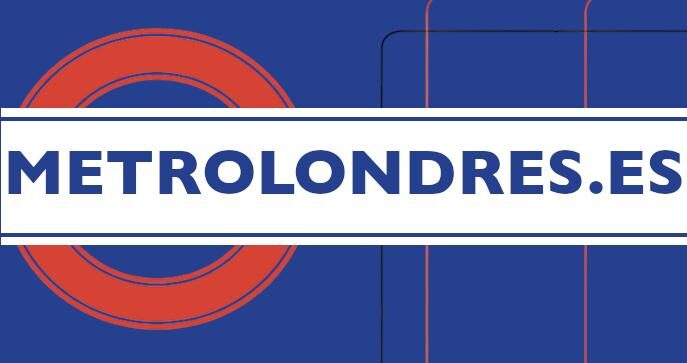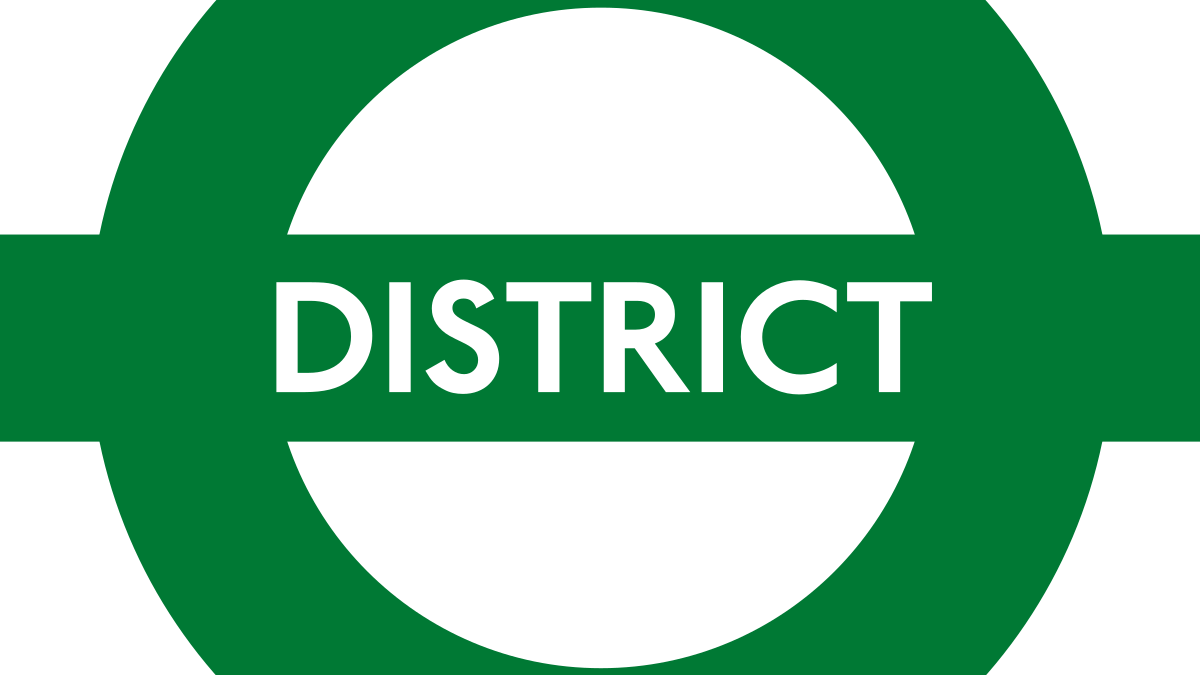The District line is the green line of the London Underground and is one of the most historic and extensive lines in the network, providing essential coverage from east to west across the city.

Description of the District Line
Opened in 1868, the District line is one of the oldest lines on the London Underground. It runs through the city from east to west, mostly just below the surface but not at great depth. Throughout its history, the District line has undergone numerous modifications and extensions, reflecting London’s evolution and the growing demand for public transport.
With a total length of 64 kilometers and 60 stations, the District line stands out for its ability to connect residential areas with central London, as well as its combination of underground and street-level stations. Each year, more than 200 million passengers use this line, making it the most used of the shallow-depth lines in the system.
Stations on the District Line
The District line features 60 stations spread across a main route and several branches, allowing for extensive coverage of the city and providing crucial connections with other public transport lines in London. Below are the stations listed by each route and branch:
- Main Route: Earl’s Court, Gloucester Road, South Kensington, Sloane Square, Victoria Station, St. James’s Park, Westminster, Embankment, Temple, Blackfriars, Mansion House, Cannon Street, Monument, Tower Hill, Tower of London, Aldgate East, St. Mary’s, Whitechapel, Stepney Green, Mile End, Bow Road, Bromley-by-Bow, West Ham, Plaistow, Upton Park, East Ham, Barking, Upney, Becontree, Dagenham Heathway, Dagenham East, Elm Park, Hornchurch, Upminster Bridge, Upminster
- Edgware Road Branch: High Street Kensington, Notting Hill Gate, Bayswater, Paddington, Edgware Road
- Kensington Branch: Kensington (Olympia)
- Wimbledon Branch: Wimbledon, Wimbledon Park, Southfields, East Putney, Putney Bridge, Parsons Green, Fulham Broadway, West Brompton
- Ealing Branch: Ealing Broadway, Ealing Common, Acton Town, South Acton, Chiswick Park, Turnham Green, Stamford Brook, Ravenscourt Park, Hammersmith, Barons Court, West Kensington
- Richmond Branch: Richmond, Royal Botanic Gardens Kew, Gunnersbury
Map and Route of the District Line
The District line map highlights its extensive coverage across London, connecting key areas from east to west. The line passes through some of London’s most iconic destinations, from the bustling city center to quieter suburbs, offering a mix of tourist routes and daily commutes that make it a highly versatile line.

District Line Operating Hours
The District line offers a frequent and reliable service to meet the needs of passengers both during the week and on weekends. From Monday to Saturday, trains run from approximately 4:30 am to nearly 1:00 am, depending on the station. On Sundays, the service begins at 6:30 am and ends around 12:30 am. For specific first and last train times at each station, you can check the updated schedules.
Interesting Facts About the District Line
The District line was the second company to operate underground trains in London, preceded only by the Metropolitan line. Since its opening, it has played a crucial role in the development of underground transport in the city.
An interesting fact is that the District line has undergone more changes in its structure and the stations it serves than any other London Underground line. These changes reflect the ongoing evolution of London and the adaptability of the transport system to meet the changing needs of the urban population.
Additionally, the District line is unique in having some of the most beautiful and historically significant stations, such as Gloucester Road and South Kensington, which feature impressive Victorian architecture that contrasts with the bustle of modern life in London.
With its rich history, extensive routes, and strategic connections, the District line remains an integral part of the London Underground, adapting to the demands of a constantly changing city and providing a vital link between different communities and destinations.

